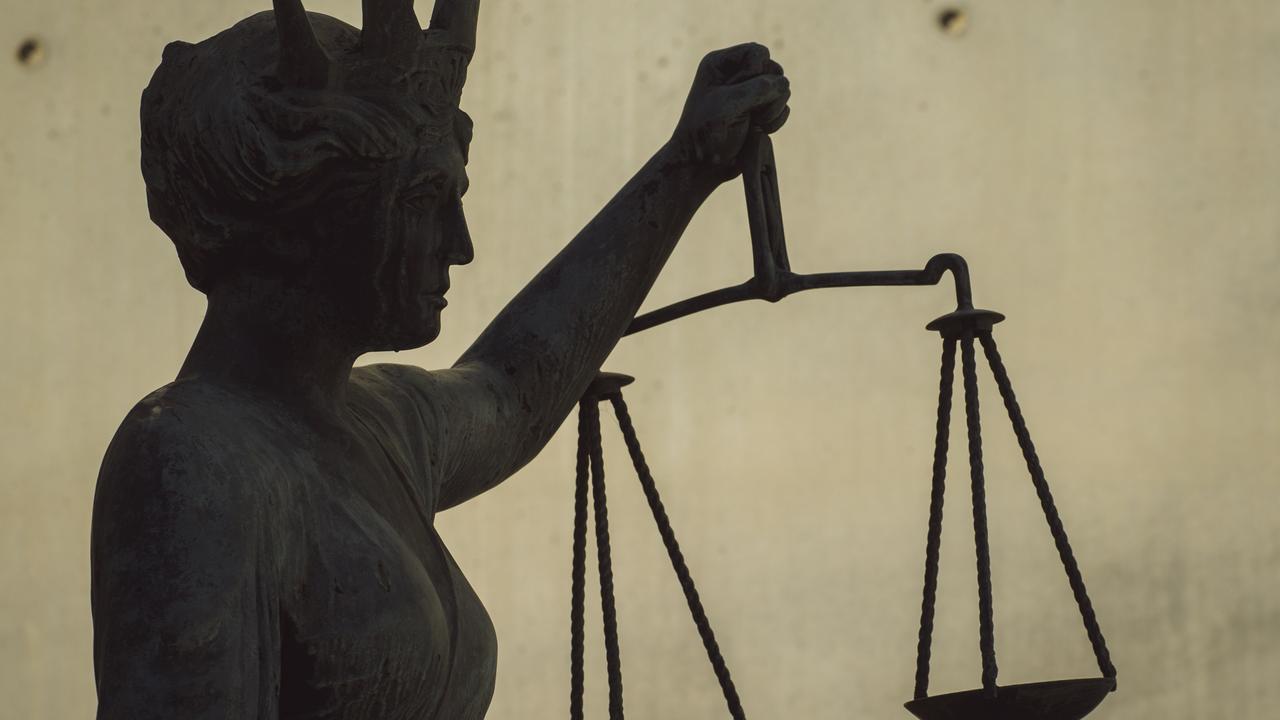Fast rail, road tunnels to be built under $60bn infrastructure plan
An ambitious transport infrastructure plan by the South East Queensland Council of Mayors has leaned on much of the State Government’s ongoing work, Transport Minister Mark Bailey has claimed. SEE THE PROJECT LIST
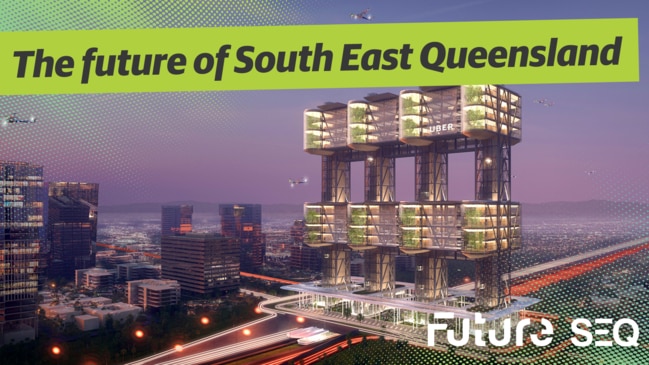
QLD News
Don't miss out on the headlines from QLD News. Followed categories will be added to My News.
AN ambitious transport infrastructure plan by the South East Queensland Council of Mayors has leaned on much of the State Government’s ongoing work, Transport Minister Mark Bailey has claimed.
It comes after the council today launched its $60 billion plan, as outlined in The Courier-Mail earlier, in a bid to rid the southeast of traffic gridlock by 2041.
Editorial: Let’s fire up and get southeast moving
Time is right to act at all levels
How to overcome southeast’s planning chaos
It includes 47 critical projects such as fast rail and new road tunnels that would help bust congestion.
While Mr Bailey welcomed the initiative, he said the State Government was doing the “heavy lifting”.
“What we clearly need is a Federal Government that is interested in investing in infrastructure in southeast Queensland and that’s not what we’ve got,” he said.
Mr Bailey could not say how much money the State Government would consider providing as part of the plan.
“I commend the southeast Queensland mayors for working collectively as a region,” he said.
“I think it’s a sensible approach.
“They’ve used a lot of work from the State Government in terms of our future planning and pulled it together.
“Clearly what we need is a city deal for southeast Queensland so we can lock in reliable infrastructure funding from Canberra.”
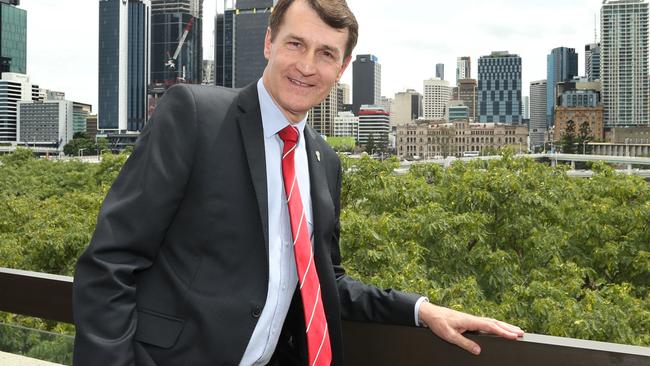
Brisbane Lord Mayor Graham Quirk said the government “could not afford” delaying the project otherwise the region would “grind to a halt”.
Mr Quirk said he didn’t want southeast Queensland to face the same “flurry of spending” as seen in Sydney and Melbourne.
“What we are seeing in Sydney and Melbourne right now is this massive spend on infrastructure. This is because they allowed it to get too far behind,” he said.
“We cannot allow that in southeast Queensland.”
Redland City mayor Karen Williams said: “It’s not a case of can we afford this but we can’t afford not to do it.”
Toowoomba’s mayor Paul Antonio said this was a “great step forward”.
“If Toowoomba is 45 minutes away by rail, we’d offer great liveability in one of Australia’s most family-friendly communities … which is growing rapidly economically,” he said.
A second M1 to help alleviate traffic congestion was also suggested by the South East Queensland Council of Mayors.
LNP Leader Deb Frecklington said if elected, building a second M1 would be one of her priorities.
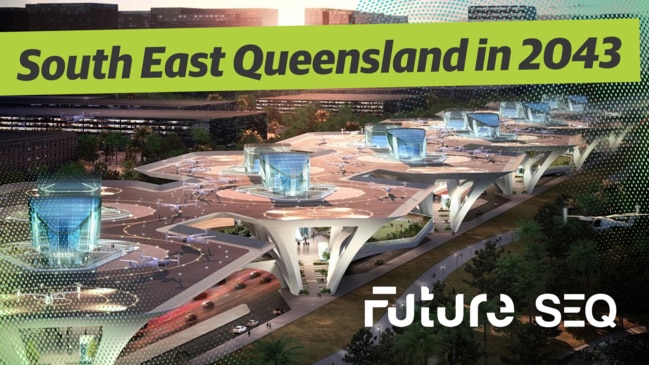
“Motorists are fed-up with the M1 resembling a car park during the holidays and we’re likely to see more traffic jams this Australia Day long weekend.
“If I am to become Premier next year I would deliver this vital infrastructure project. This a major investment which will not only improve traffic congestion but also create jobs,” Ms Frecklington said.
OVERNIGHT
FAST rail and new road tunnels would be built in southeast Queensland under an ambitious $60 billion infrastructure and transport plan to reshape the region.
The plan, to be launched by the South East Queensland Council of Mayors today, comes off the back of The Courier-Mail’s Future SEQ campaign — which highlighted the massive population challenges facing the region.
The Courier-Mail can reveal the Council of Mayors have their sights set on 47 critical projects to bust congestion and address the traffic gridlock that is set to grip the region by 2041.
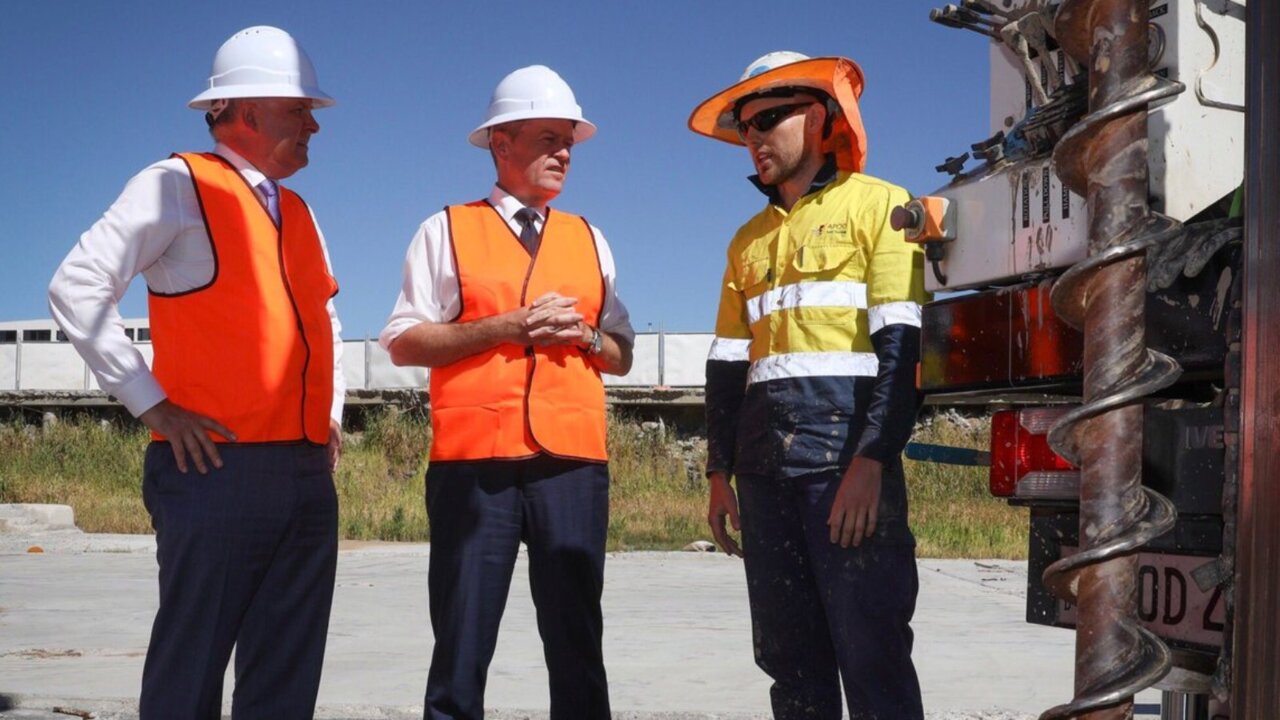
They include new tunnels, fast rail networks, river crossings, major highway upgrades and new bypasses — all aimed at making southeast Queensland a 45-minute region within the next two decades.
The projects come in at about $60 billion, with a proposal to spend $3.5 billion every year through to 2031 to ensure strong regional connectivity.
Council of Mayors Chair and Brisbane Lord Mayor Graham Quirk said the proposal, officially called the SEQ People Mass Movement Study, brought together existing plans and new ones into a complete regional strategy.
“The region has never had a shortage of plans or strategies from federal, state and local governments, but this is the first time we’ve had a consolidated view of transport in SEQ,” he said.
“As the population continues to grow, this plan is an important step towards protecting the quality of life we currently enjoy in SEQ as well as ensuring that we can safely and efficiently move residents, tourists and freight throughout our region.”
Among the new projects are plans to build faster rail lines, linking Brisbane to Ipswich, the Sunshine Coast and the Gold Coast, while a corridor would connect Ipswich to Toowoomba.
The faster rail projects would collectively cost more than $13 billion, with plans to have the first line to the Sunshine Coast completed by 2030 and the final line to Toowoomba finished by 2039.
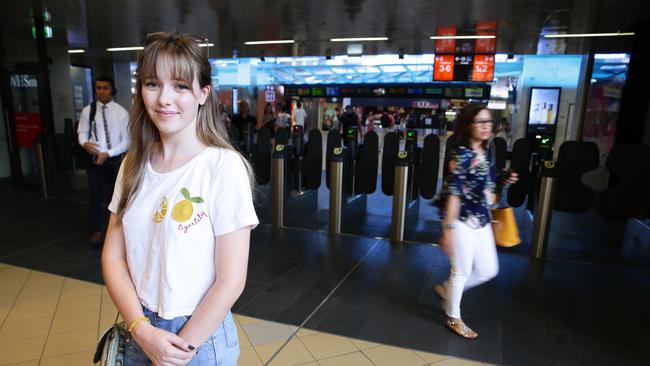
“An SEQ faster rail network will slash commute times from the Sunshine Coast to 45 minutes, from the Gold Coast to 35 minutes and from Ipswich to just 20 minutes,” Cr Quirk said.
“This will take immense pressure off the Bruce and Pacific highways and support the fast-growing communities of Ipswich, Logan and Moreton Bay,” he said.
Also on the agenda is a proposal to build a bypass of the notoriously choked Centenary Motorway. It would involve a four-lane tunnel that would link the Sumners Rd interchange to Toowong, running parallel to the motorway and bypassing the Centenary bridge at Jindalee.
Another tunnel, called the East West Link, has also been proposed to run under the Brisbane River between Toowong and Buranda, allowing motorists to bypass the city.
A north-south tunnel corridor linking Toowong from the Centenary Motorway to Everton Park has been proposed as well.
The strategy also points to plans to develop a $6.35 billion northwest transport corridor, that would include an urban rail line and a four-lane motorway between Bald Hills to Alderley.
There is also a suggestion to consider new Brisbane River crossings, such as green bridges, for active and public transport.
The projects have all been costed by the Council of Mayors, but would require state and federal government support to get off the ground. Business case studies would also have to be completed.
Cr Quirk insisted the proposed spend was comparable to previous years, averaging out to about $2.7 billion per annum — with recent transport spends in the region averaging out between $2 billion and $3 billion every year. He stressed the importance of the plan, saying the region’s roads would be over capacity by 2031 if only currently proposed projects are finalised.
“By 2041, the region will be in gridlock,” he said. “The SEQ People Mass Movement Study highlights our region’s dependence on private vehicle use, now and in the future.
“Without access to efficient and reliable public transport options, many commuters have no choice but to use the car as their primary mode of transport,” he said.
Among the existing projects included in the study is the almost $1 billion Brisbane Metro project, which is funded by the Brisbane City Council and Federal Government.
The State Government’s $5.4 billion Cross River Rail project also forms an important part of the plan.
Zoe McSweeney, 17, from Brisbane, said she would love to see a faster rail system because she liked getting out of the city and going to the beach on the weekend.
Yet she said the long commute and multiple transport changes were “really annoying”.
The university student said she had to take two buses and a train just to get to the Gold Coast from her home in Newmarket.
“I have to take a bus, train, (and another) bus. It usually takes me two hours,” she said.
She goes to the Gold Coast once a month because of the travel time.
While she said she pays about $15 for a round trip to the Gold Coast, she said she would happily pay the same price for a high-speed rail to get her there quicker.

